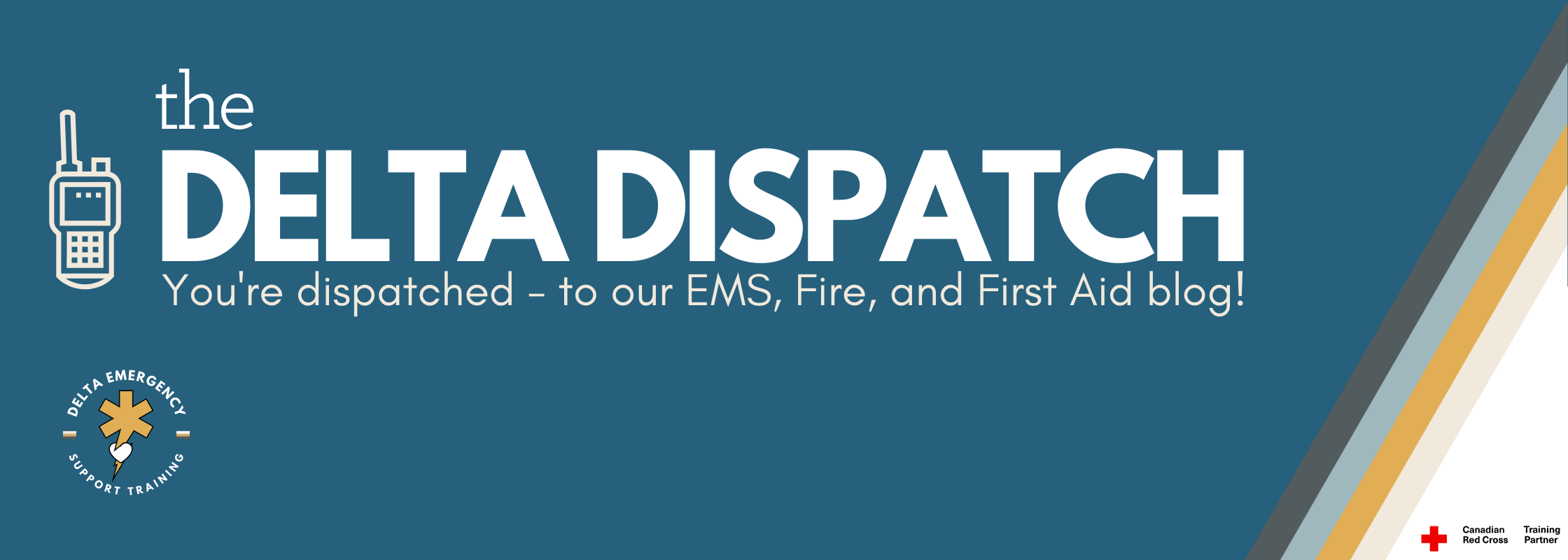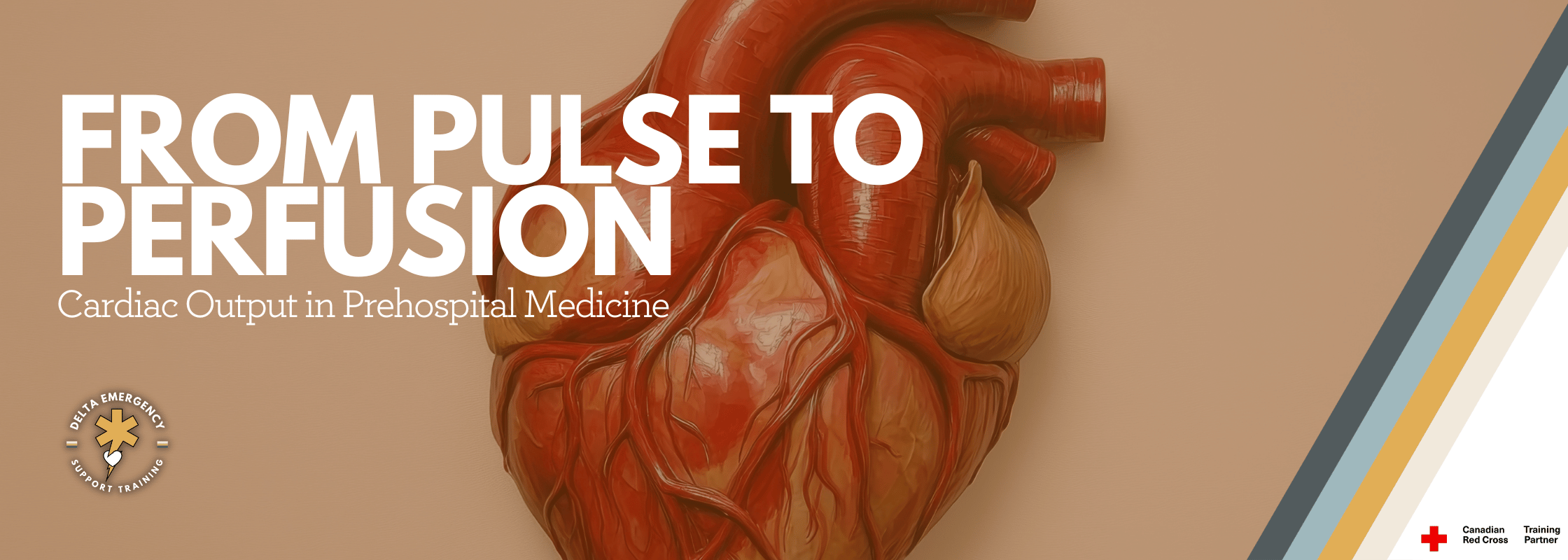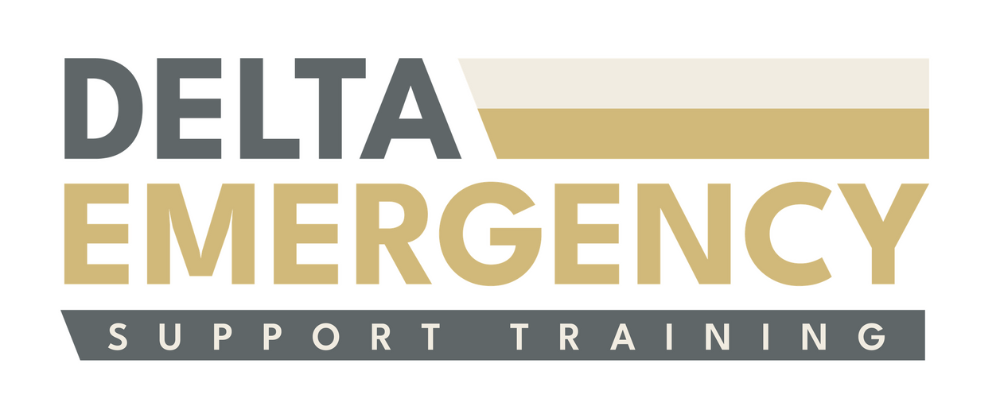From Pulse to Perfusion: Cardiac Output in Prehospital Medicine
/When assessing or treating a patient in the field, one of the most critical yet often overlooked concepts is cardiac output— the amount of blood the heart pumps in one minute. Understanding it helps prehospital providers recognize early signs of shock, guide treatment decisions, and prioritize interventions that can truly make the difference between life and death.
What Is Cardiac Output?
Cardiac Output (CO) = Heart Rate (HR) × Stroke Volume (SV)
Heart Rate (HR): The number of heartbeats per minute.
Stroke Volume (SV): The amount of blood pumped out of the left ventricle with each beat.
For example, if a patient’s heart rate is 80 bpm and stroke volume is 70 mL, their cardiac output is:
80 × 70 = 5,600 mL/min (5.6 L/min)
This means their heart pumps about 5–6 litres of blood per minute, roughly the body’s total blood volume.
Why It Matters in Prehospital Care
Cardiac output is the foundation of perfusion — how well oxygen and nutrients reach tissues. In the field, recognizing how HR and SV interact can help you determine whether a patient is compensating or decompensating.
When cardiac output drops, tissue hypoxia occurs. Cells switch to anaerobic metabolism, producing lactic acid and leading to shock.
Common causes of decreased cardiac output in the field include:
Hypovolemia (bleeding, dehydration)
Pump failure (myocardial infarction, cardiomyopathy)
Obstruction (cardiac tamponade, tension pneumothorax, pulmonary embolism)
Distributive shock (sepsis, anaphylaxis)
Heart Rate and Stroke Volume in Real-Time Assessment
Tachycardia: Often the first sign of compensation. The body increases HR to maintain CO when stroke volume drops (like in hemorrhage).
Bradycardia: Can be catastrophic in shock, as it limits overall output.
Stroke Volume Influencers:
Preload: Volume of blood returning to the heart.
Contractility: Strength of the heart’s contractions.
Afterload: Resistance the heart pumps against.
Understanding how each factor impacts stroke volume helps guide care decisions — for instance, whether a patient needs fluids, vasopressors, or advanced airway management.
In Practice: Assessing Cardiac Output Without a Monitor
Prehospital providers rarely calculate CO directly — instead, you assess it through clinical signs of perfusion:
Level of consciousness – is the brain getting enough oxygen?
Skin signs – pale, cool, diaphoretic skin suggests poor perfusion.
Capillary refill and pulse strength – quick, weak, or absent pulses can all indicate changes in CO.
Blood pressure and pulse pressure trends – narrowing pulse pressure (e.g., 90/80) may indicate a drop in stroke volume.
Your hands, eyes, and ears are your diagnostic tools before monitors confirm what you already suspect.
Improving Cardiac Output in the Field
Depending on the cause:
Fluid resuscitation restores preload in hypovolemia.
Positioning (Trendelenburg or shock position) can temporarily improve venous return.
Oxygen therapy supports oxygen delivery when perfusion is limited.
CPR and defibrillation are lifesaving when the heart fails to generate output altogether.
Remember — every intervention you perform is ultimately aimed at restoring or maintaining cardiac output to sustain vital organ perfusion.
Final Thoughts
For first responders and EMRs, cardiac output isn’t just a number — it’s the lifeline of your patient.
Understanding how heart rate, stroke volume, and perfusion interact allows you to anticipate deterioration before it becomes irreversible.
Every pulse you feel, every set of vitals you take, tells a story about how effectively the heart is doing its job.




